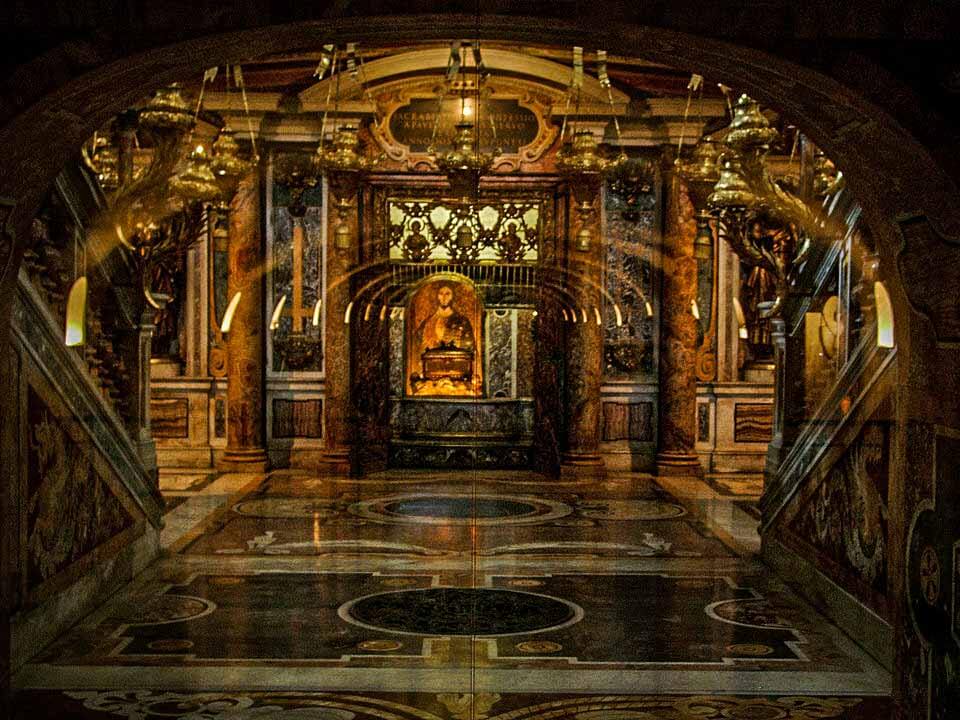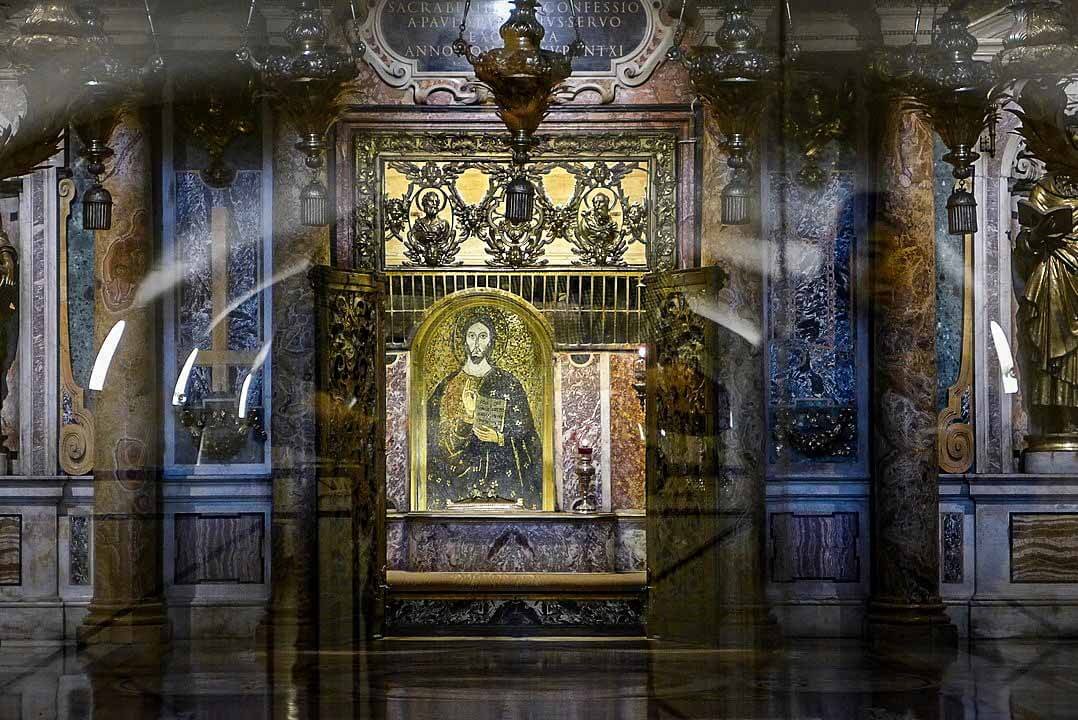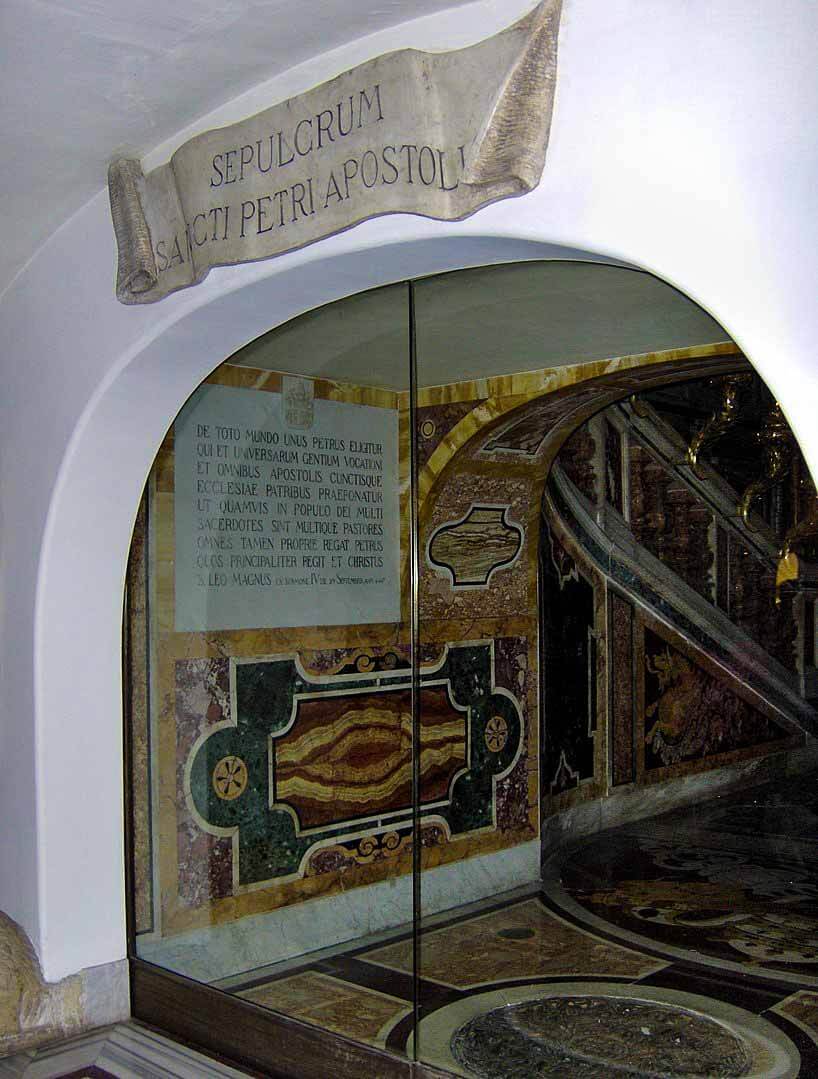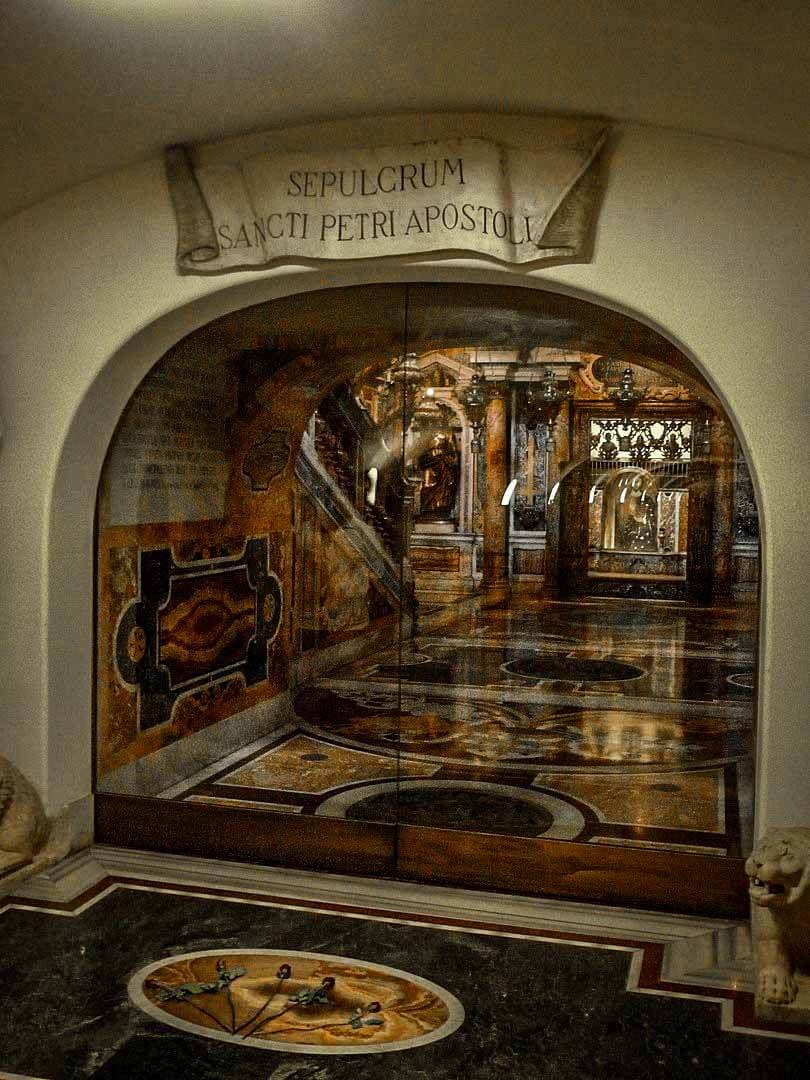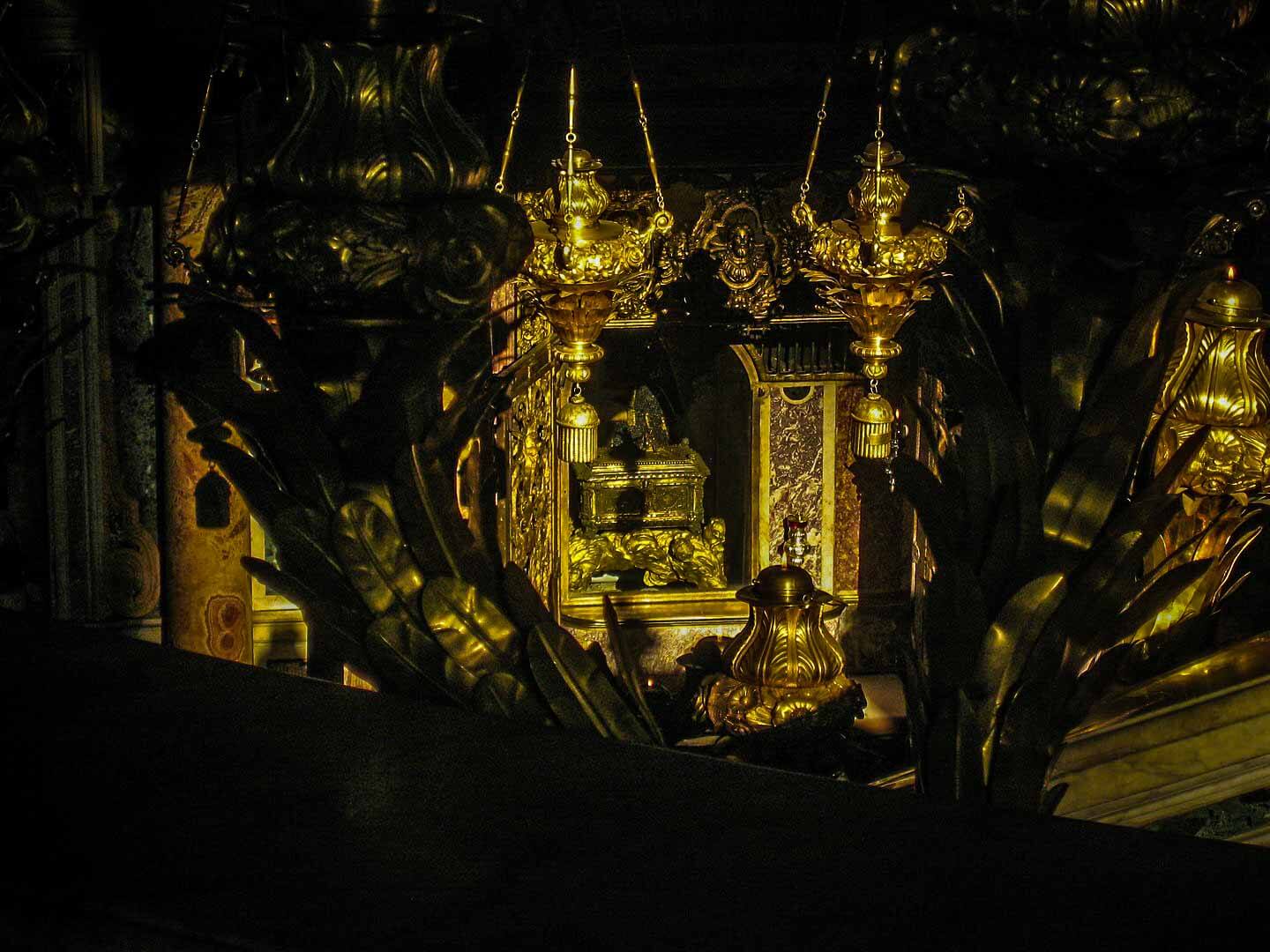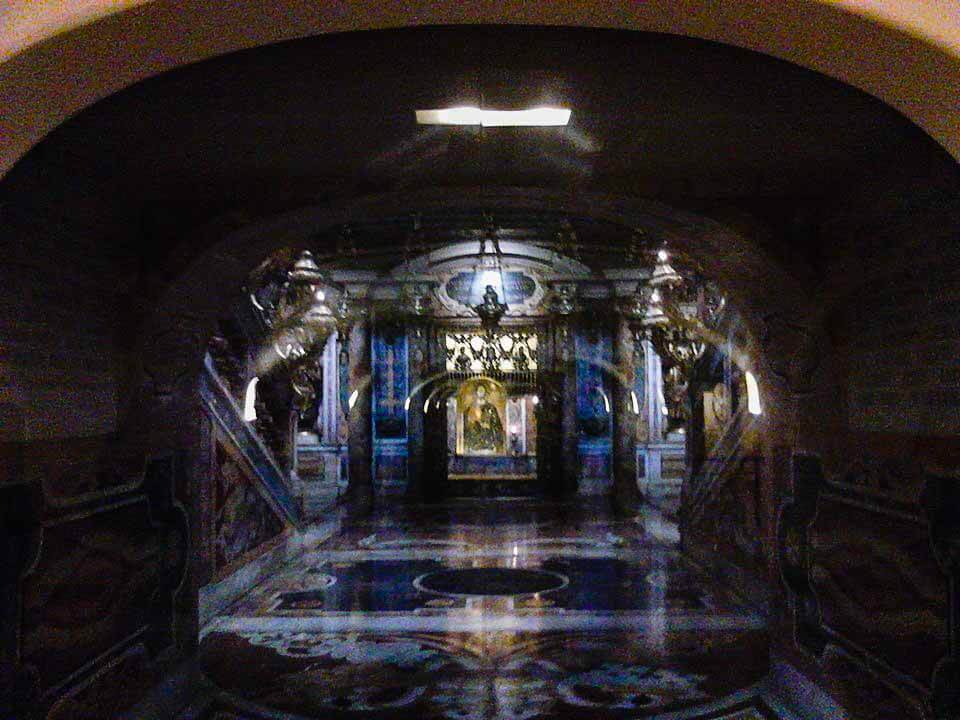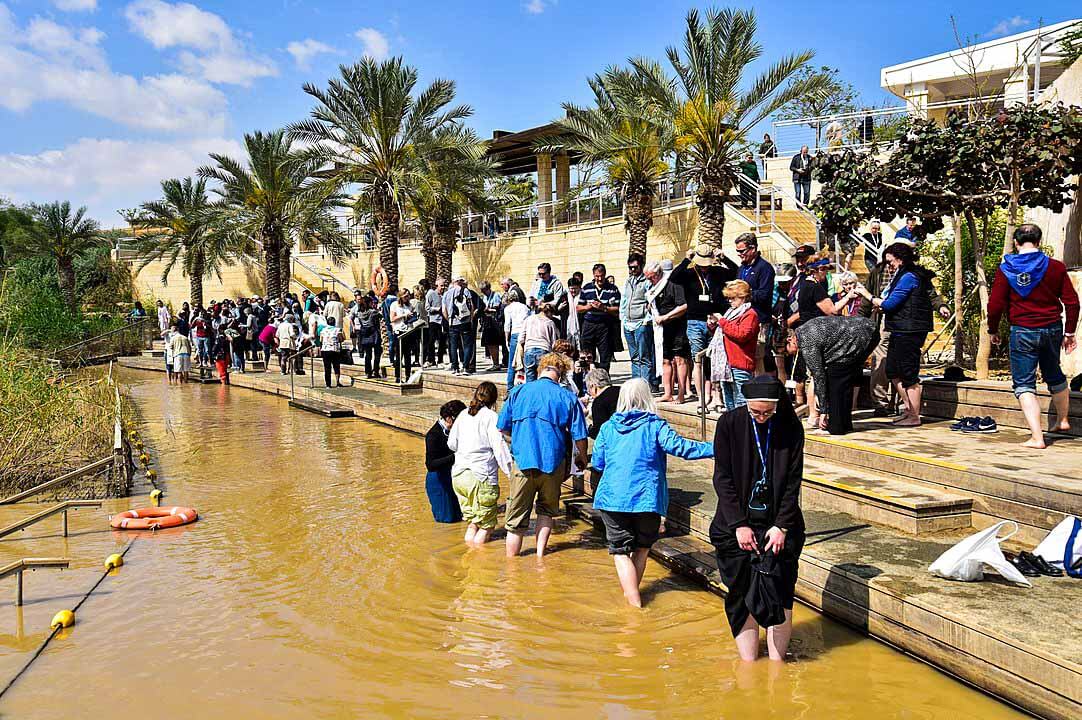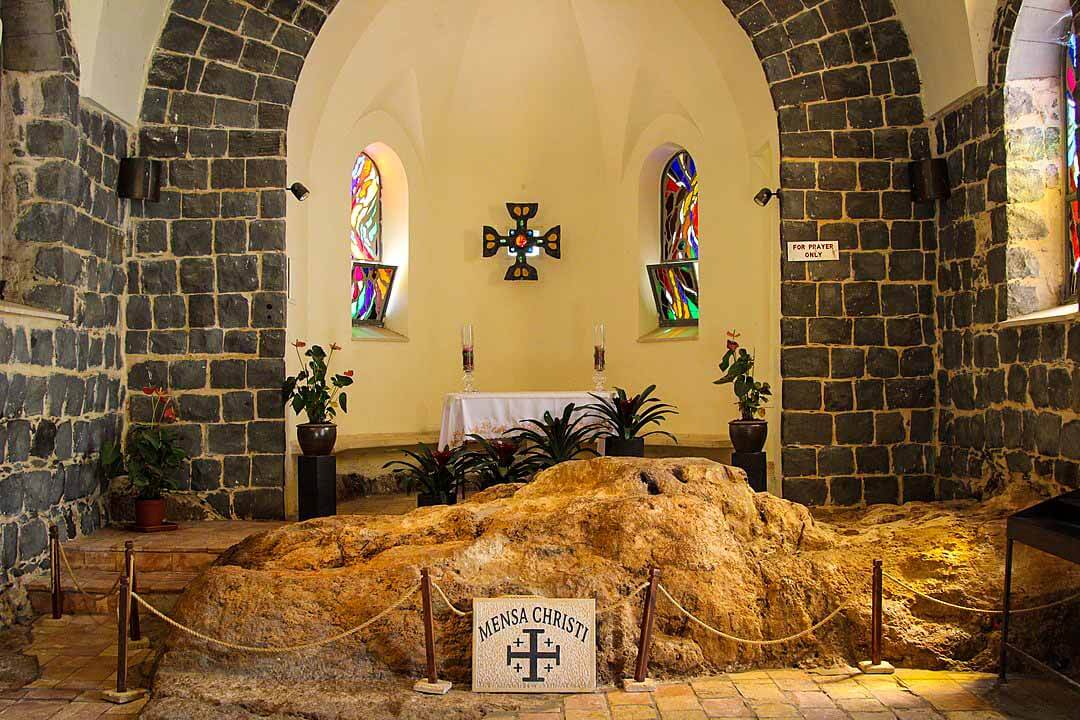St. Peter’s Basilica, Vatican City
Coordinates: 41.902278, 12.453808
Saint Simon the Zealot رضي الله عنه or Simon the Canaanite was one of the disciple of Hz. Isa عليه اسلام.
To distinguish him from Saint Simon Peter رضي الله عنه he is called Simon the Zealot.
It is said that Saint Simon the Zealot رضي الله عنه supposedly preached the message of Allah in Egypt and then joined the disciple St. Judas (Thaddaeus) in Persia, where, according to christian sources, he was martyred by being cut in half with a saw, one of his chief iconographic symbols.
His body is said to be buried in St. Peter’s Basilica, Vatican City.
Islam
Muslims accept Hz. Isa عليه اسلام as a prophet of Islam.
The Qur’an also speaks of Hz. Isa’s عليه اسلام disciples but does not mention their names, instead referring to them as “helpers to the work of Allah”.
Muslim exegesis and Qur’an commentary, however, names them and includes Hz. Sam’un رضي الله عنه (Saint Peter) amongst the disciples.
Muslim tradition says that Hz. Sam’un رضي الله عنه (Saint Peter) was sent to preach the message of Allah to the Berbers, outside North Africa.
Gospel of Saint Barnabas رضي الله عنه
In the Gospel of Barnabas, a book dated to the late 16th century that recounts a life story of Hz. Isa عليه اسلام from an Islamic perspective, a list of the twelve apostles is registered.
In this list the only disciple that does not match with one of the traditional disciples of Christianity is Saint Simon the Zealot رضي الله عنه, naming in his place a person who identifies himself as Saint Barnabas رضي الله عنه, who appears as author of the book.
Note: Some of the information in this article comes from Christians sources.
Sites related to Christian traditions on this website are for information purpose only.
It is recommended not to visit these sites as a Muslim because, first the sources of these places comes from the christian sources which is dubious in some cases.
And most of the christian sites are decorated with frescos, paintings & things that go against the teachings of Islam.

